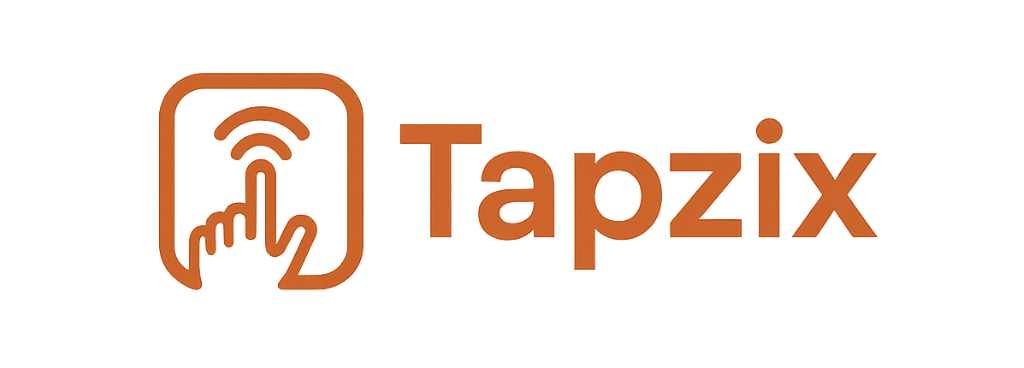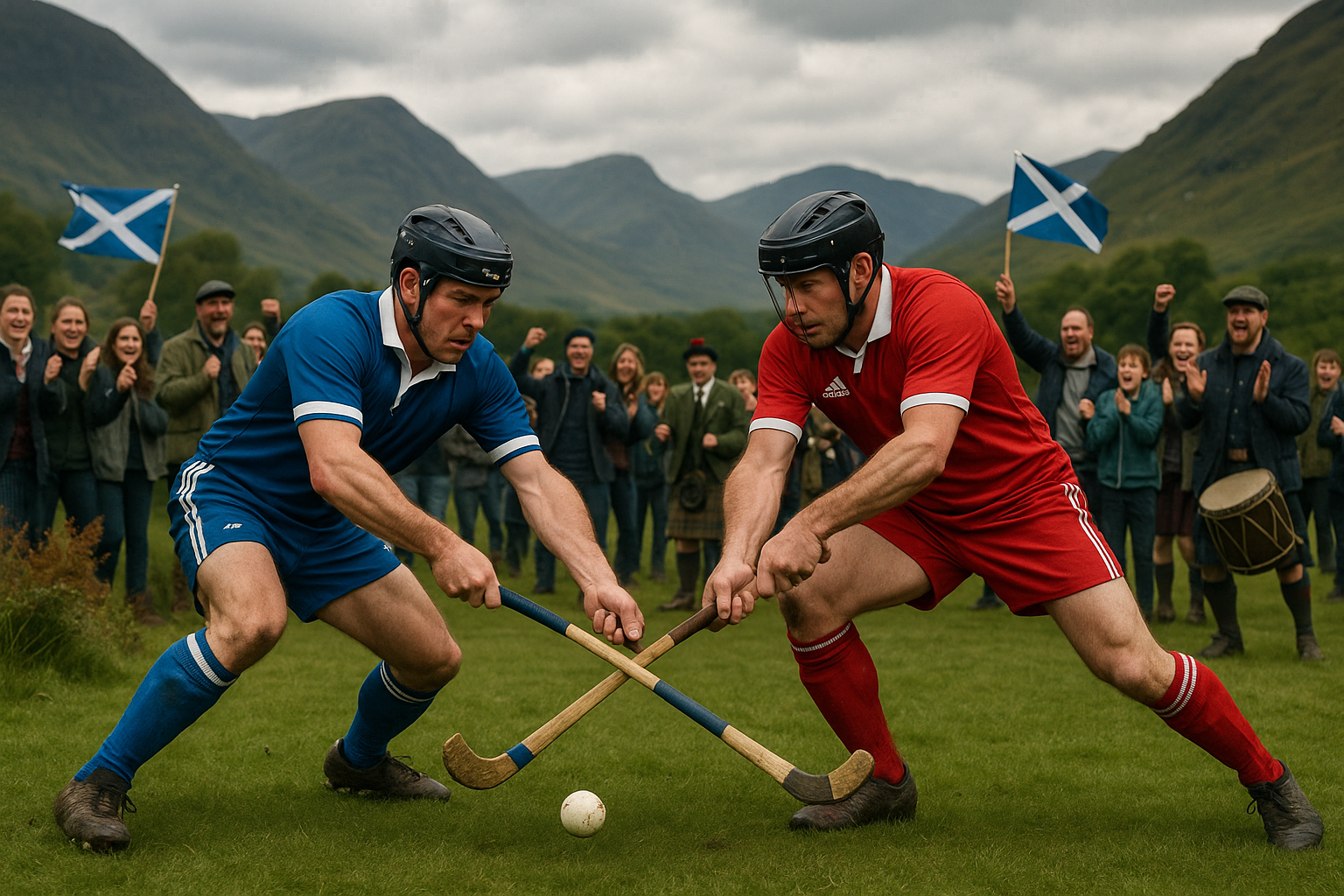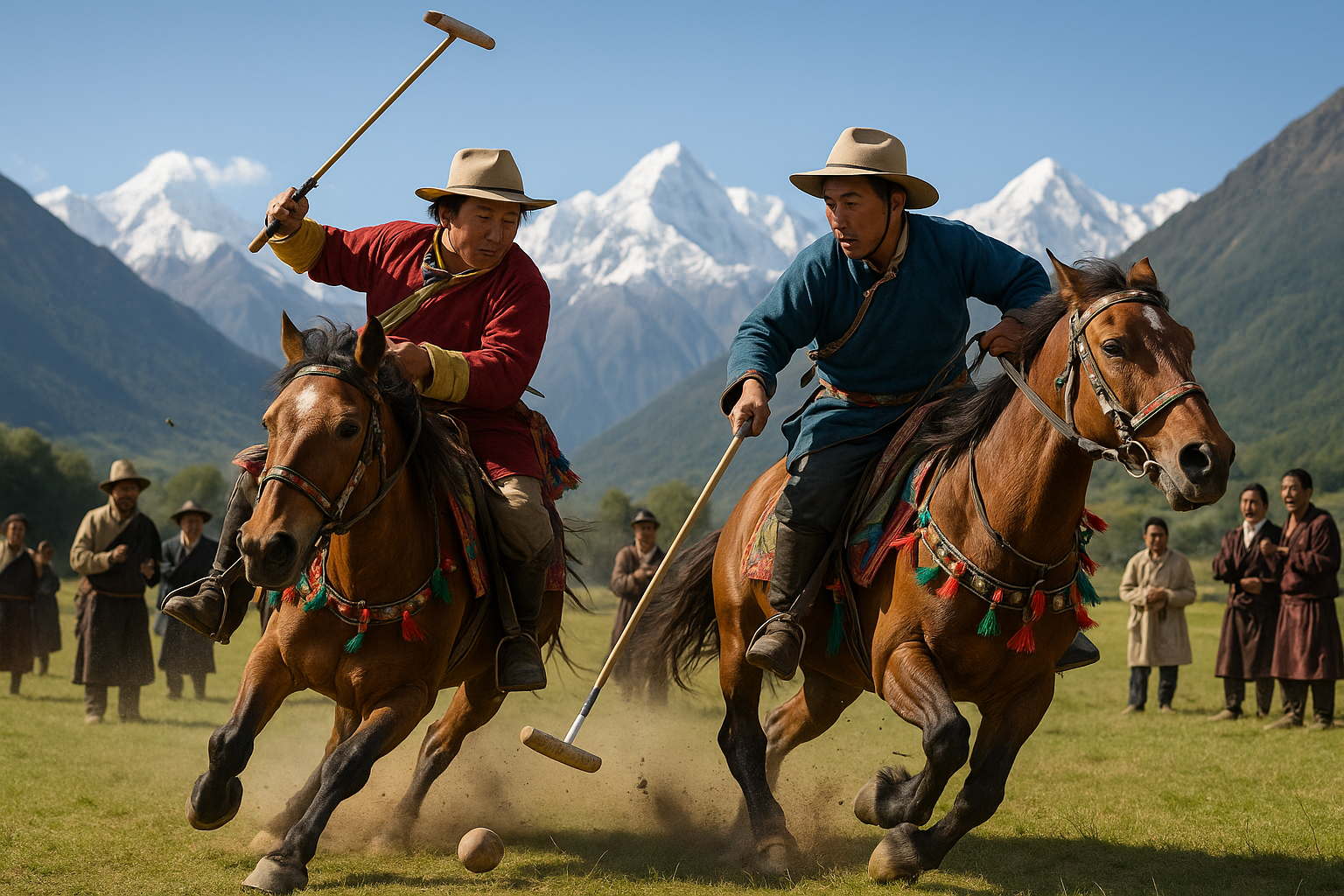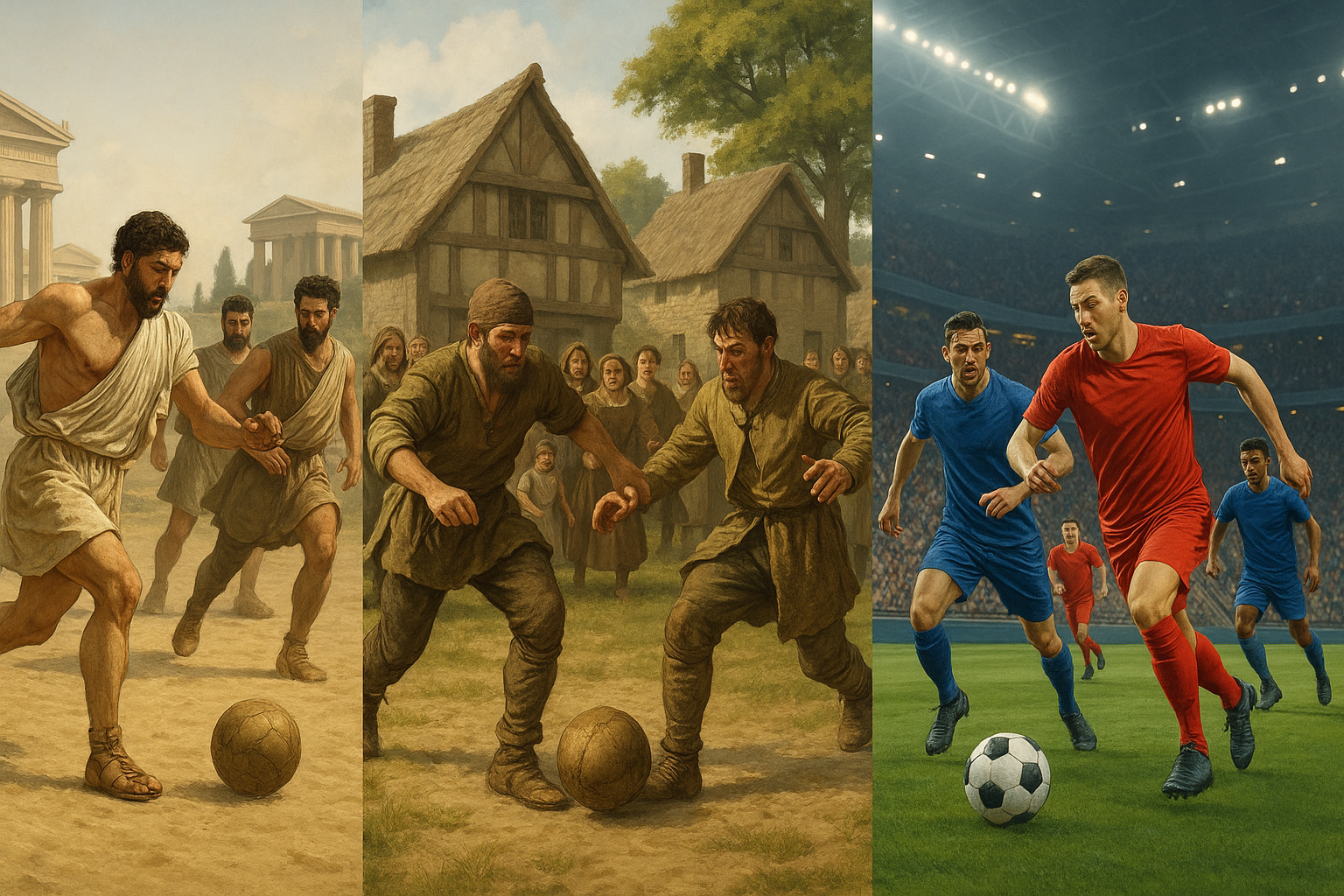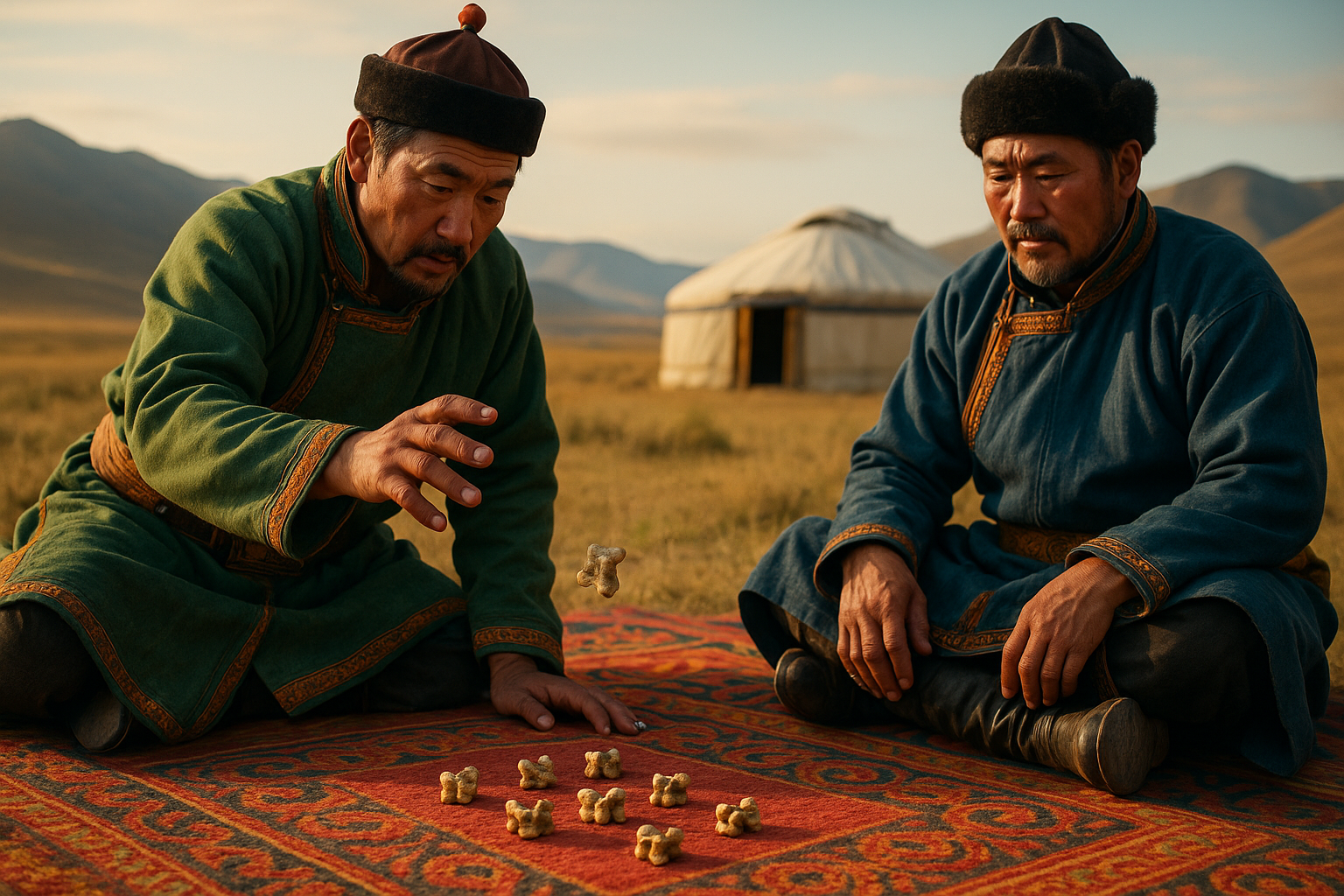There’s a unique thrill that pulses through the air during a hurling match in Ireland. It’s not just the speed of the ball or the skill of the players, but something deeper, something embedded in the very soul of the Irish culture. Hurling, often touted as the fastest field sport in the world, is more than just a game; it is a tapestry woven with the threads of community, tradition, and passion. 🇮🇪
In this article, we journey into the heart of Irish hurling, a sport that has thrived for over three thousand years, rooted in the lush, green landscapes of Ireland. We’ll explore how hurling is not just played but lived, and how its legacy continues to shape Irish identity today. The aim is to unravel the communal threads that bind neighborhoods and generations through this exhilarating sport.
Hurling’s rich history provides a window into the past, a past where it was both a training ground for warriors and a community festivity. As we delve into the sport’s origins, you’ll discover how hurling was intertwined with the social fabric of ancient Ireland, serving as a unifying force during times of both celebration and conflict. Its ancient roots offer insights into how the sport has evolved while remaining a steadfast symbol of Irish pride.
But what truly sets hurling apart is its unparalleled connection to community. Unlike other sports dominated by commercial interests, hurling remains deeply amateur. This means players compete not for monetary gain, but for the honor of their local parishes and counties. The essence of hurling is best captured on a Sunday afternoon, where local teams clash in spirited matches, each vying for the pride of their community. 🏑
As we journey deeper, we will shine a light on the vibrant local clubs that serve as the lifeblood of hurling. These clubs are the heartbeats of their communities, where young players are nurtured, and lifelong friendships are forged. They are places where stories are shared, skills are honed, and the ethos of the sport is passed down through generations. You’ll hear from the players, coaches, and fans who bring these clubs to life, each with their own tales of triumph and dedication.
The role of family in hurling culture cannot be overstated. For many, hurling is a family tradition, a legacy handed down from parent to child. We will explore the familial bonds that are strengthened on the field, where parents become coaches, siblings become teammates, and families become ardent supporters. Hurling matches often turn into family gatherings, reinforcing a sense of belonging and continuity.
Moreover, the impact of hurling extends beyond the pitch. It is a catalyst for community engagement, fostering social cohesion and local pride. We’ll examine how hurling festivals and events bring towns to life, transforming them into bustling centers of activity and celebration. These events showcase the sport’s ability to unite people from all walks of life, creating lasting memories and strengthening community ties.
As we peel back the layers of hurling’s community roots, you’ll gain an understanding of why this sport holds such a revered place in Irish hearts. It’s a reflection of the country’s resilience, spirit, and camaraderie. Hurling is more than just a game; it’s a celebration of heritage and a testament to the enduring power of community.
So, grab your hurley and helmet, and join us on this exhilarating exploration of Irish hurling. Whether you’re a seasoned fan or a curious newcomer, there’s something in this journey for everyone. Together, we’ll discover how a sport played on fields across Ireland has managed to capture the hearts of millions, weaving a sense of identity and unity that transcends the boundaries of time and place.
# Unveiling the Heart of Irish Hurling: A Deep Dive into its Community Roots
## The Ancient Origins of Hurling: A Journey Through Time
Hurling is often regarded as one of the oldest and fastest field sports in the world, with its origins tracing back over three millennia. The game, steeped in Irish mythology and cultural history, is more than just a sport; it is a testament to Ireland’s rich heritage and the resilience of its people. Unlike many modern sports, hurling has evolved organically, shaped by the communities that have cherished and nurtured it throughout centuries.
The earliest known references to hurling can be found in ancient Irish texts and folklore, such as the tale of the legendary hero Cú Chulainn, who was famed for his prowess with a hurling stick, known as a hurley, and ball, or sliotar. These stories, passed down through generations, highlight the cultural significance of the sport. Archaeological evidence, including ancient carvings and artifacts, supports these narratives, indicating that a form of hurling was played in Ireland over 3,000 years ago.
As you delve deeper into the historical context of hurling, it becomes clear that the game has played a significant role in the social and political fabric of Ireland. During the Norman invasion and subsequent English rule, attempts were made to suppress Irish culture, including hurling. However, the sport endured, becoming a symbol of national identity and resistance. In the 19th century, the Gaelic Athletic Association (GAA) was founded to promote traditional Irish sports, including hurling, revitalizing the game and ensuring its place in Irish society.
## Hurling as a Community Pillar: The Social Fabric of Irish Villages
The unique charm of hurling lies in its deep-rooted connection to Irish communities. Unlike commercial sports that often prioritize profit, hurling thrives on local participation and volunteerism. Every parish, village, and town across Ireland boasts its own hurling club, where players of all ages come together to celebrate their shared passion for the game.
The community aspect of hurling is exemplified by the voluntary nature of the sport. Coaches, referees, and administrators often work without financial compensation, driven by their love for the game and their desire to see their communities flourish. This grassroots approach fosters a sense of belonging and pride, as each club serves as a hub for social interaction and community engagement.
Moreover, hurling plays a crucial role in preserving and promoting the Irish language and culture. Club events, training sessions, and matches often incorporate Gaelic, reinforcing cultural ties and ensuring that the language remains a living, breathing aspect of Irish identity. The camaraderie and unity fostered through hurling extend beyond the field, creating a ripple effect that strengthens the social fabric of Irish villages.
| Aspect | Hurling | Commercial Sports |
|---|---|---|
| Community Involvement | High | Variable |
| Profit-Driven | No | Yes |
| Cultural Preservation | Strong | Weak |
## The Fierce Rivalries and Passionate Fans: Fueling the Spirit of Hurling
One cannot discuss hurling without mentioning the intense rivalries and the passionate fan base that fuel the sport. Local and regional rivalries are the lifeblood of hurling, with clubs fiercely competing for bragging rights and titles. These rivalries, often rooted in historical and geographical contexts, add an extra layer of excitement to the game, drawing large crowds and creating an electrifying atmosphere.
The annual All-Ireland Hurling Championship is the pinnacle of the sport, showcasing the best talent from across the country. The competition is fierce, and the stakes are high, as counties vie for the coveted Liam MacCarthy Cup. This prestigious tournament captures the imagination of the nation, with fans donning their county colors and rallying behind their teams with unwavering support.
For those new to the game, understanding the rules and nuances of hurling can be challenging. However, the passion and enthusiasm of the fans are infectious, drawing in newcomers and creating lifelong supporters. Hurling matches are a sensory experience, with the sound of clashing hurleys, the sight of players darting across the field at lightning speed, and the roar of the crowd all contributing to the magic of the game. 🏑
To experience the thrill of hurling firsthand, watch this exciting video capturing the essence of a hurling match: [Hurling – the Fastest Game on Grass](https://www.youtube.com/watch?v=TmzivRetelE) by the GAA.
## Training and Skill Development: From Novice to Prodigy
The journey from novice to hurling prodigy is a testament to the dedication and hard work of players and coaches alike. Hurling is a game that demands a unique blend of physical fitness, agility, and technical skill. Training programs are meticulously designed to develop these attributes, ensuring that players reach their full potential.
Youth development is a critical component of hurling clubs, with initiatives aimed at introducing the sport to children from a young age. Many clubs offer underage programs, where youngsters can learn the basics of the game in a fun and supportive environment. These programs emphasize skill development, teamwork, and sportsmanship, laying the foundation for a lifelong love of hurling.
As players progress through the ranks, training becomes more specialized, with a focus on refining techniques and enhancing physical conditioning. Coaches utilize a range of drills and exercises to improve players’ striking, catching, and tackling abilities. The use of video analysis and modern technology also plays a role in player development, allowing coaches to provide detailed feedback and tailor training sessions to individual needs.
- Physical conditioning: Building endurance, strength, and agility.
- Skill development: Improving striking, catching, and tackling techniques.
- Game intelligence: Enhancing decision-making and tactical awareness.
- Sportsmanship: Fostering respect, teamwork, and fair play.
## The Role of Women in Hurling: Breaking Boundaries and Shaping the Future
The history of women in hurling, known as camogie, is one of resilience and triumph. Camogie, like its male counterpart, has deep roots in Irish culture, with women actively participating in the sport for generations. However, the journey has not been without challenges, as women have fought for recognition and equality within the sporting community.
The Camogie Association, established in 1904, has played a pivotal role in promoting and developing the women’s game. Over the years, camogie has grown in popularity, with participation rates soaring and the quality of play reaching new heights. Today, camogie enjoys a dedicated following, with women athletes displaying incredible skill and athleticism on the field.
The successes of camogie players have inspired a new generation of female athletes, encouraging young girls to take up the sport and strive for excellence. Initiatives to increase female participation, such as school programs and community events, have been instrumental in breaking down barriers and creating opportunities for women in hurling.
Despite progress, challenges remain, particularly in terms of media coverage and funding. Efforts are ongoing to address these disparities and ensure that camogie receives the recognition and support it deserves. As the women’s game continues to evolve, it is clear that camogie will play a vital role in shaping the future of hurling. 🏆
## Embracing the Future: Innovations and Adaptations in Hurling
As hurling moves into the future, innovation and adaptation will be key to ensuring the sport’s continued success and relevance. Embracing new technologies, modern training methods, and inclusive practices will enable hurling to thrive in an ever-changing sporting landscape.
The integration of technology in hurling has already begun to transform the way the game is played and analyzed. Video analysis, performance tracking, and data analytics are becoming commonplace, providing coaches and players with valuable insights into performance and areas for improvement. These tools enhance the strategic aspects of the game, allowing for more informed decision-making and tailored training regimens.
In addition to technological advancements, hurling is also adapting to societal changes, with a focus on inclusivity and accessibility. Efforts to promote diversity and encourage participation from all segments of society are underway, ensuring that hurling remains a sport for everyone. Initiatives to engage minority communities and create opportunities for individuals with disabilities are central to this mission.
- Integration of technology: Embracing video analysis and data analytics.
- Inclusivity: Promoting diversity and accessibility in hurling.
- Sustainability: Adopting eco-friendly practices and materials.
As hurling embraces these innovations, it is poised to remain a vibrant and integral part of Irish culture, while also reaching new audiences around the world. The future of hurling is bright, with endless possibilities for growth and development. 🌟
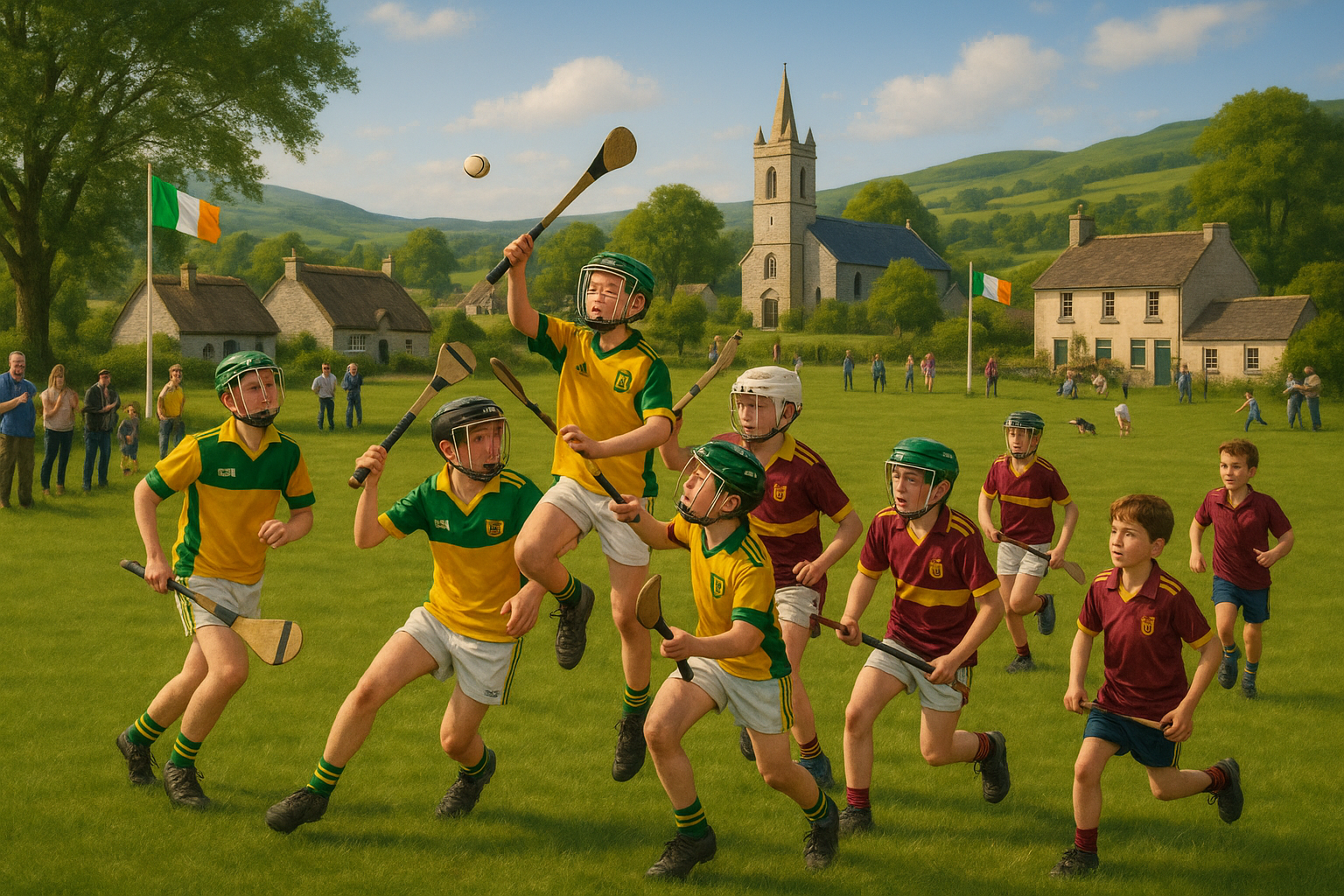
Conclusion: Embracing the Spirit of Irish Hurling
As we draw our exploration of Irish Hurling to a close, it’s evident that this ancient sport is much more than just a game; it is a vibrant tapestry woven into the very fabric of Irish culture. From its deep-rooted historical origins to its profound impact on local communities, hurling embodies a spirit of camaraderie, pride, and resilience. 🏑
Throughout the article, we delved into the historical journey of hurling, tracing its origins back to ancient times. We saw how this dynamic sport, steeped in tradition, has survived through centuries, adapting and thriving against the backdrop of Ireland’s tumultuous history. The passion for hurling transcends mere athleticism, resonating as a cultural symbol of Irish identity and unity.
The article also highlighted the communal aspect of hurling, where local clubs serve as the heartbeat of towns and villages across Ireland. These clubs are not just sports teams; they are integral community hubs that foster social connections, promote youth development, and uphold the spirit of volunteerism. Through interviews and anecdotes, we heard firsthand accounts of how hurling brings people together, creating lifelong friendships and unforgettable memories. 🌍
Moreover, the global reach of hurling was explored, showcasing how the sport has expanded beyond Irish shores, igniting passion and interest in countries worldwide. This international dimension underscores the universal appeal of hurling, attracting players and fans who resonate with its unique blend of skill, speed, and tradition.
In reinforcing the importance of hurling, it is crucial to recognize its role in preserving cultural heritage and promoting community cohesion. Hurling is not just a pastime; it is a way of life that instills values of teamwork, perseverance, and respect. As such, it is vital for future generations to continue embracing and celebrating this extraordinary sport. 🇮🇪
We encourage you, dear reader, to share your thoughts on this journey through the heart of Irish hurling. Whether you’re a seasoned fan or a newcomer, your perspectives enrich the dialogue and help keep the spirit of hurling alive. Feel free to share this article with friends and family, or perhaps even visit a local club to experience the magic of hurling firsthand.
In conclusion, Irish hurling is more than just a sport; it is a testament to the enduring power of community and tradition. Let us cherish and champion this remarkable legacy, ensuring that hurling continues to inspire and unite for generations to come. Together, we can keep the heart of hurling beating strong. 💚
—
This conclusion captures the essence of your article while encouraging reader engagement and further exploration of Irish hurling.
Toni Santos is a cultural revivalist, play historian, and kinetic storyteller who travels time through the games we left behind. With a deep reverence for lost pastimes, Toni excavates forgotten sports, ancestral competitions, and community games that once defined how people moved, bonded, and thrived. From ancient Mesoamerican ball courts to medieval street games, nomadic strategy contests, and pre-colonial ritual play, Toni revives rulebooks that were never digitized—and champions a worldview where games weren’t just leisure, but meaning, skill, and survival. Combining ethnography, movement studies, game design, and oral tradition, he reconstructs games piece by piece, consulting archives, elders, and fragments of folklore. His mission is not only to replay the past, but to inspire new generations to rediscover joy in rules that challenge, unite, and reflect forgotten values. At the helm of Vizovex, Toni documents these rediscoveries with playable guides, interactive reconstructions, motion-capture reenactments, and interviews with guardians of ancient play. His platform speaks to: Experimental game designers and kinetic anthropologists Educators looking to decolonize sports curriculums Movement artists and cultural preservationists Playful minds seeking what we once valued in the games we played Whether it’s reimagining a Viking endurance sport, mapping traditional Māori games, or crafting tournaments for extinct athletic rites, Toni urges us to move like our ancestors once did—and play with purpose again.
